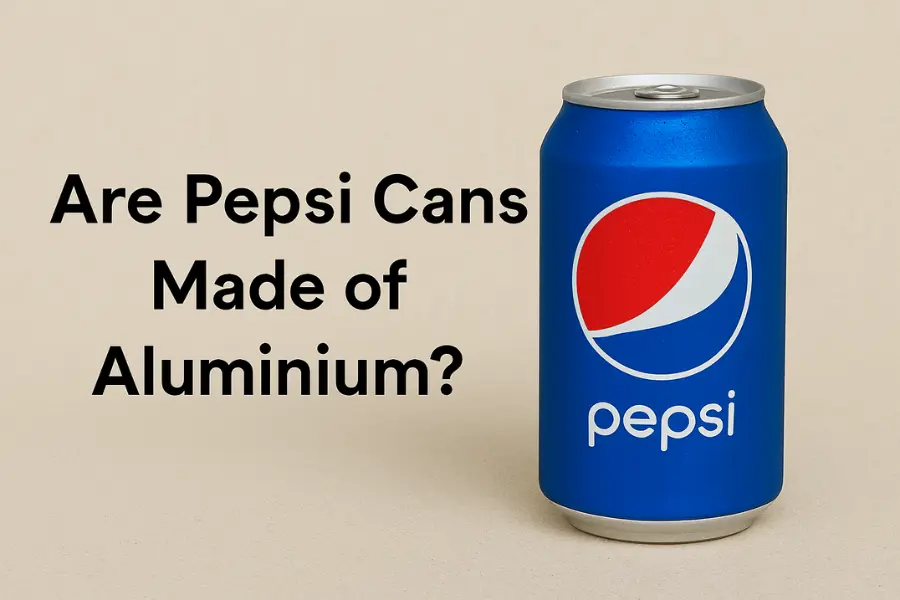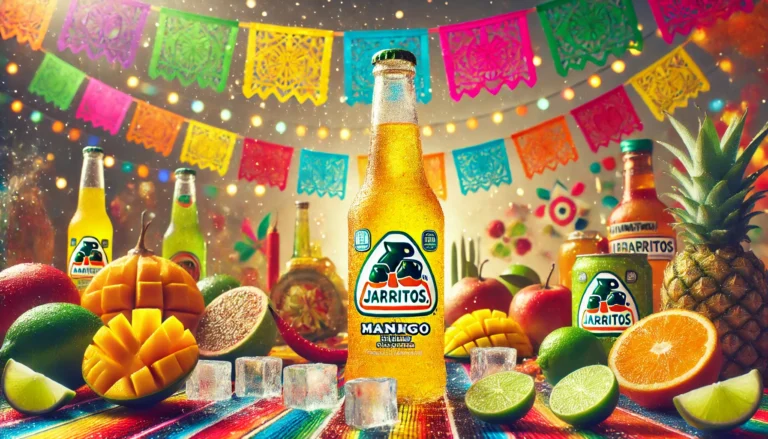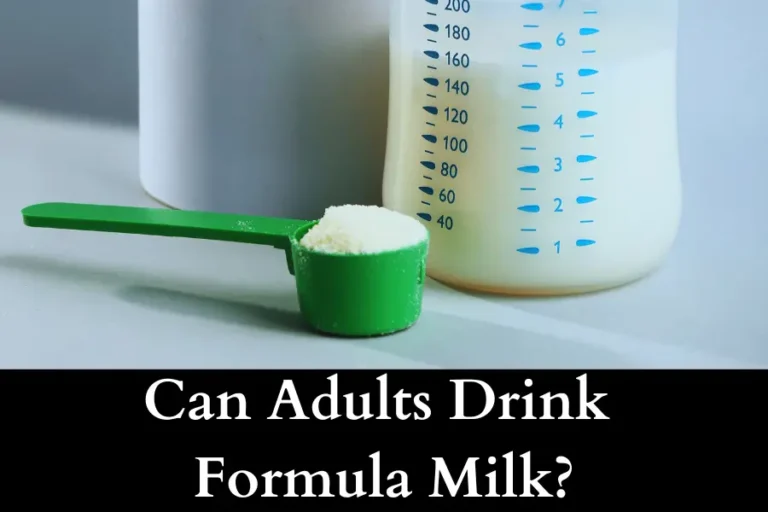Are Pepsi Cans Made of Aluminium? I Found Out the Truth
A few weeks ago, I was sitting on my couch, sipping a cold Pepsi straight from the can. I looked at it, really looked at it. It felt so light. I started wondering, What is this made of? I’ve heard people say these cans are made of aluminium.
But are they really? I decided to find out for myself. What I discovered surprised me. So here’s everything I learned about what Pepsi cans are made of, why that matters, and what happens after we toss them away.
Yes, Pepsi Cans Are Made of Aluminium
I started with the simple part. I grabbed an empty Pepsi can from my kitchen. I turned it around. On the bottom, there was a little recycle logo. It had “ALU” next to it, which was my first clue.

But I didn’t want to just assume. So I did what I always do when I’m curious. I asked questions. I searched online. I even talked to a guy I know who works in a recycling plant. And yes. Every source confirmed it. Pepsi cans are made of aluminium.
Not just Pepsi. Almost every soda can you see on store shelves today is made of aluminium. Coke. Sprite. Dr Pepper. It’s all the same. But it wasn’t always like this.
Pepsi Didn’t Always Use Aluminium Cans
Back in the early days, soda companies used tin-plated steel for cans. I learned this from reading old articles and watching some documentaries on packaging history. Those steel cans were heavy and rusted if they got scratched.
Opening them was also a pain. You had to use a can opener back in the day. My uncle once told me he used to carry one in his pocket in the ’60s.
Then, around the 1960s, companies started switching to aluminium.
Why Pepsi Uses Aluminium for Cans (And Why It’s Brilliant)
The more I looked into it, the more it made sense. I’m no factory engineer, but even I could tell aluminium has some big advantages. Here’s what I found:
It’s lightweight: I held a full Pepsi can in one hand, then grabbed a glass bottle of soda in the other. Big difference. Aluminium makes the can super light. That means it’s cheaper to ship. Less fuel. Lower costs. I get why companies love that.
It’s strong: Even though it feels light, aluminium is tough. I tried squeezing an unopened can. No way I could crush it. That’s because of how the can is shaped and how the pressure from the soda helps it stay strong.
It’s recyclable: This part blew my mind. Aluminium doesn’t wear out when recycled. That means the same metal can be reused over and over again. And it doesn’t lose quality. I read that a Pepsi can you throw away today can be back on shelves in just 60 days after recycling. Crazy, right?
It chills faster: This is something I noticed myself. When I put a can in the fridge, it gets cold way faster than a plastic bottle. That’s aluminium doing its thing. It transfers cold really well.
So yeah, it’s not just about cost. It’s about performance, too.
I Took Apart a Can to See What’s Inside
One night, I carefully cut open an empty Pepsi can. I was curious about what’s inside. I’d heard people say there’s a lining inside the can. And they were right.
Inside, there was a super thin plastic lining. It’s there to stop the soda from reacting with the aluminium. I learned that without it, the acidity of the drink could cause corrosion. That could mess with the taste. Or even let aluminium seep into the drink.
I looked up what this lining is made of. Most sources said it’s a type of polymer, often with BPA or BPA-free alternatives. I’ve seen people talk about BPA online. Some folks worry it might affect health, especially if cans are heated. So I made a habit of never leaving soda cans in a hot car or under the sun. That’s just what I do now.
What Happens to a Pepsi Can After I Toss It Away?
This part fascinated me the most. I always wondered where cans go after we throw them in the blue bin. So I called a local recycling center and asked.
Here’s what I learned:
- Step 1: The can is collected and taken to a sorting facility.
- Step 2: It’s crushed into a giant block with other cans.
- Step 3: That block gets melted down.
- Step 4: The pure aluminium is rolled out into thin sheets.
- Step 5: Those sheets are sent to can-making companies.
I read that aluminium can be recycled infinity times. There’s no limit. That means the can I threw out last month might already be back on the shelf. I found that pretty amazing.
Why I Care About This Now More Than Ever
I’ll be honest. I used to just throw cans away without thinking twice. But after seeing how fast and efficiently aluminium is recycled, I started paying more attention.
When I learned that recycling one aluminium can saves enough energy to power a TV for three hours, I was shocked. That’s just one can. Think about millions of people doing that. It adds up.
So now I always recycle my cans. I also rinse them out before tossing them. It’s just a small thing I do that makes a difference.
Are There Any Concerns With Aluminium Cans?
Like anything, there’s always a flip side. And I like to be honest.
Some people worry about BPA inside the lining. It’s used to keep the drink from touching metal. But BPA has raised concerns about possible health effects. I checked and saw that many soda companies, including Pepsi, are now shifting to BPA-free linings. That’s good news.
Still, I personally try not to store cans in high heat. I also don’t leave open cans sitting around for long. Just feels safer that way.
And even though aluminium is recyclable, it still takes energy to make and move those cans. So I try to drink from a reusable bottle when I can. But when I do enjoy a cold Pepsi, I just make sure I recycle the can after.
Some Cool Facts I Didn’t Know About Pepsi Cans
Let me hit you with a few fun facts I found out while writing this:
- One aluminium can takes just 60 days to go from trash to shelf.
- Aluminium is the most recycled beverage container in the world.
- Making cans from recycled aluminium uses 95 percent less energy than making new ones.
- Pepsi produces billions of cans each year. That’s a mountain of metal.
- You can make a new can from an old one using just a small fraction of electricity.
I even learned that you can crush 30 cans and sell them for scrap if you collect enough. It’s not going to make you rich, but it’s something.
How to Tell if a Can Is Aluminium (In Case You’re Not Sure)
You might wonder, how can you tell if a can is aluminium?
Here’s what I do:
- I check for the “ALU” recycle logo.
- I try the magnet test. Aluminium doesn’t stick to magnets.
- I feel the weight. Aluminium cans are super light compared to steel ones.
Easy checks, but they work every time.
Final Thoughts: What I Learned Holding That Can in My Hand
That one moment holding a Pepsi can led me down a rabbit hole. I went from casual curiosity to real respect for what’s behind a simple soda can.
Yes, Pepsi cans are made of aluminium. But it’s more than just metal. It’s a smart design. It’s fast chilling. It’s endlessly recyclable. It’s energy-saving. And it’s surprisingly full of science.
Now, every time I drink a Pepsi, I think about what I’m holding. I think about how many hands it went through. How many times it might be reused. And how something as simple as recycling that can could help more than I ever thought.
So next time you pop open a can, take a second to look at it. Think about what it’s made of. And once you’re done, rinse it out and toss it in the right bin. That one move might just be part of a can’s next journey.
And who knows? Maybe I’ll be drinking from it again in two months.







